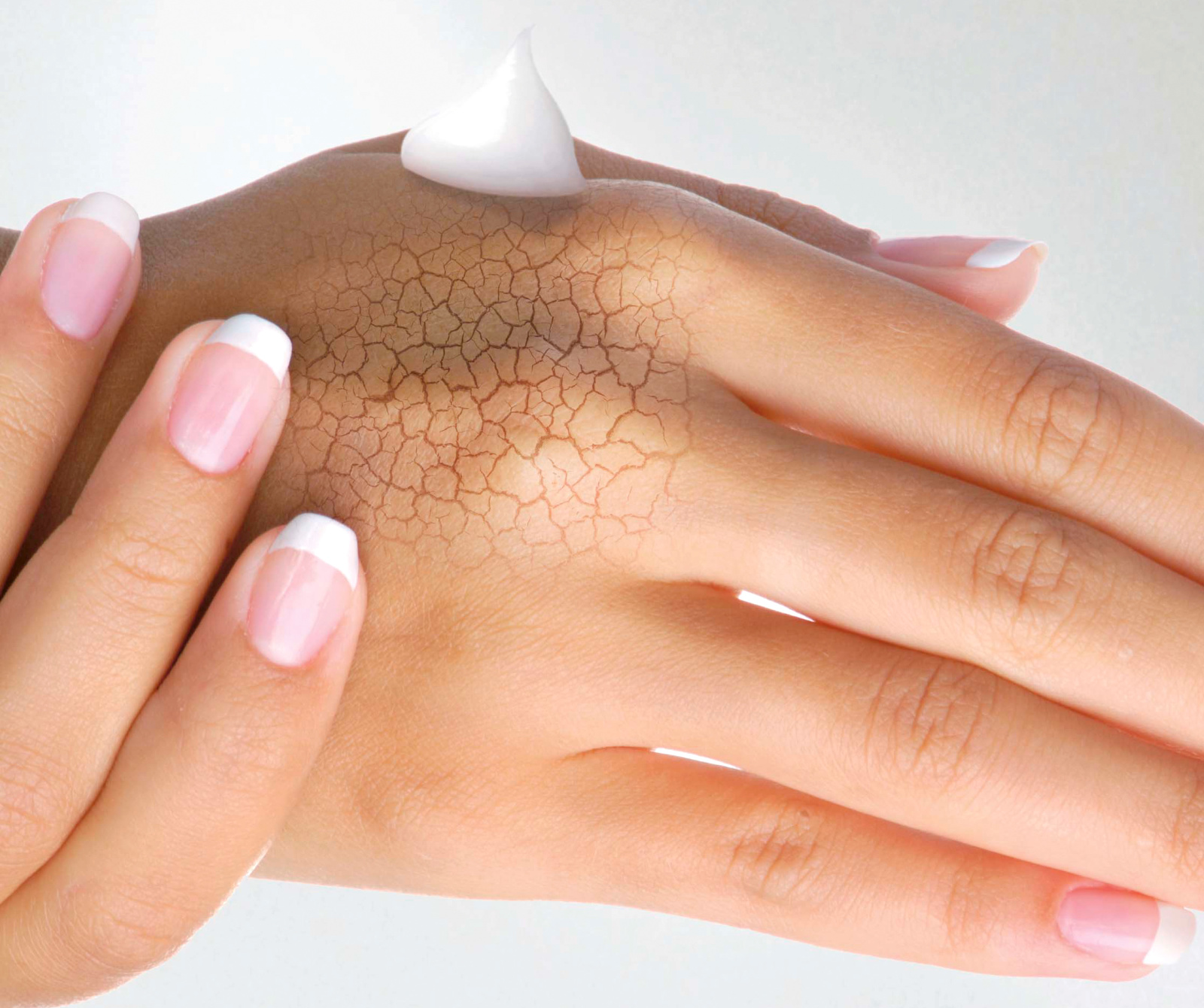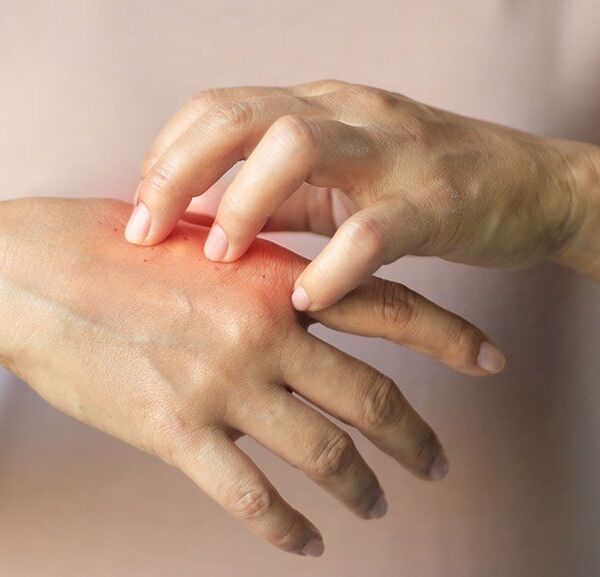Our skin dries out more quickly, especially in the cold season. The cold, dry air is only one of many causes of dry skin. How xeroderma develops, what really helps against it and when a skin check makes sense.
In winter, many people experience dry skin on their faces or hands. No wonder, because the dry air in heated rooms and the cold, dry air outside deprive our skin of a lot of moisture.
Dry skin is typically characterized by flaking, when the top layer of skin peels off with a delay and an unpleasant feeling of tightness occurs. It is also referred to as xeroderma or skin dryness. It occurs when the skin’s natural fat and moisture regulation is disturbed or overburdened.
Healthy, normal skin is soft and elastic thanks to its water content. The top layer of skin contains fats that reduce evaporation. This retains moisture in the deeper layers of the skin and protects the skin from water loss. If there is too little oil, the skin dries out more quickly – especially in dry air such as in winter or in cold regions.
The most common causes of dry skin
In addition to the cold season, there are numerous other causes of dry skin. Age plays an important role: from the second half of life onwards, the skin’s moisture content decreases. The production of oil and sebum gradually decreases and the skin binds less moisture.
However, dry skin can also simply be genetic. For example, low fat production in the skin can run in the family.
Christian Greis, senior physician at the Dermatology Clinic of the University Hospital Zurich, mentions another common cause that sounds paradoxical at first: Water. “Water doesn’t moisturize the skin, it dissolves oils. People who frequently take long, hot showers or baths tend to have dry skin,” says Greis. “If you then use conventional or even aggressive soap, this also removes important lipids from the skin and the skin loses more moisture.”
There are also less common causes. These include diseases such as neurodermatitis, psoriasis or diabetes, but also medications such as those that lower blood lipid levels. “Put simply, they also reduce the fat content of the skin as a side effect,” says Greis.
Good to know: In summer or in hot regions where the humidity is high, the skin releases less moisture. However, the skin can still dry out if you are constantly swimming in salt water and lying in the sun on a beach vacation.
Why some parts of the body are affected more than others
Dry skin is particularly common on the face, hands and feet, elbows, forearms, lower legs and shins. There are several reasons for this: “On the one hand, certain areas of skin such as the face or hands are more frequently exposed to external influences, on the other hand, the skin is thinner in some areas and therefore more susceptible, or it has fewer sebaceous glands, which makes it less greasy,” Greis explains. These factors can occur individually or in combination.


